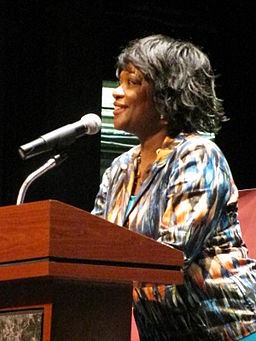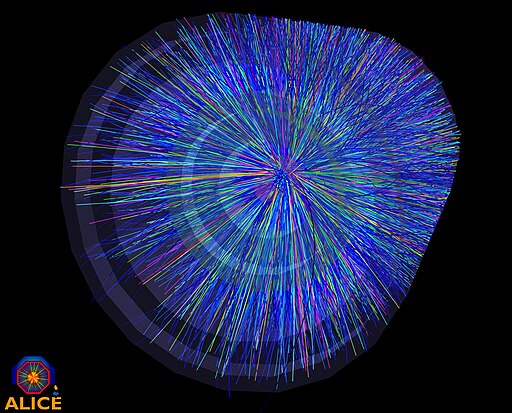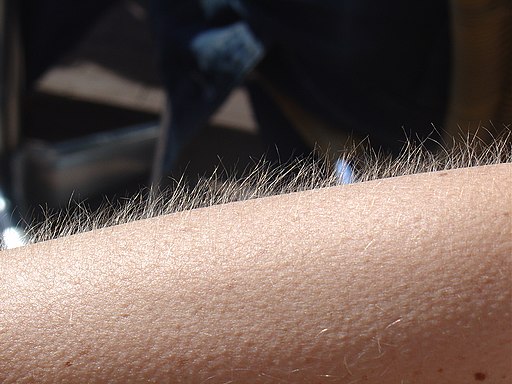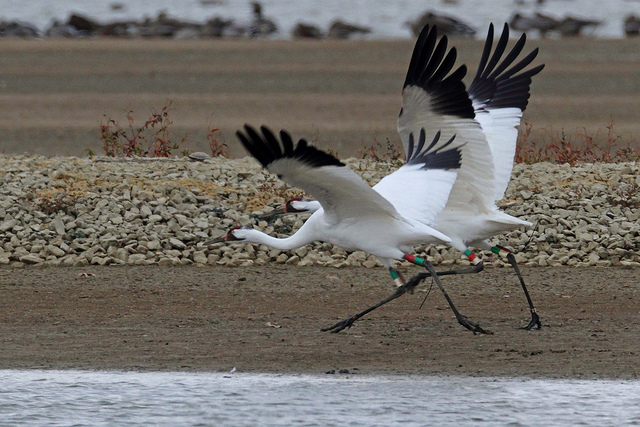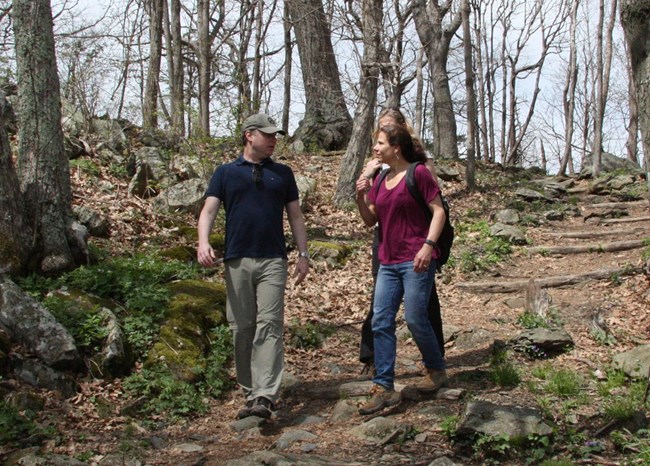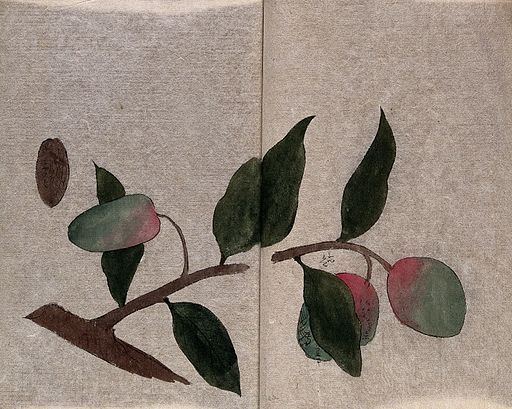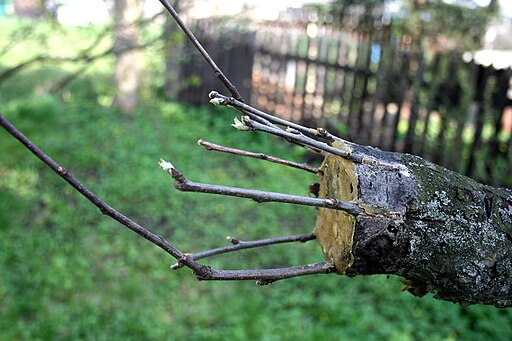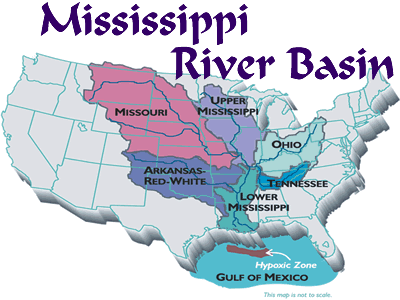Environmental & Science Education, Sustainability
by Edward Hessler
Recently I left the new books section of the campus library with Liz Carlisle's
Lentil Underground: Renegade Farmers and the Future of Food in America tucked under my arm. The Amazon link provides a peek inside.
Lentil Underground
 |
By Rainer Zenz at German Wikipedia (Own work (Original text: Eigenes Foto.))
[Public domain], via Wikimedia Commons |
"Lentil Undergound" is about
Timeless Seeds, a Montana organic lentil and heritage grain business founded in 1987 by four farmers, one of whom, Dave Oien, "seeded the first organic lentil in his county." And Carlisle notes just how radical an act this was in a state where farmers responded to nearly all problems by following the forceful instruction of former U. S. Secretary of Agriculture
Earl Butz. Butz is remembered for recommending planting "fencerow to fencerow" and "get big or get out."
Why
lentils? The basic reason Carlisle writes is "Instead of mining the soil for nutrients to fuel an impressive harvest, this Robin Hood of the dryland prairie gathers the abundant fertility of the aboveground world--of the air, in fact--and shares it freely beneath the earth's surface. Inside the plant's nodules, bacteria surreptitiously convert atmospheric nitrogen into a community nutrient supply. If wheat is the symbol of rugged individualism, then lentils embody that other agrarian hallmark too often overlooked in the western mythos: community."
Farming & Risk-taking in Lentil Underground
 |
| Image from Amazon.com |
The book is an engaging story about the farmers and their families, farming methods, risk-taking, hard times, legumes (Black Medic, a relative of alfalfa, and the lentil varieties, French Green and Black Beluga), research, cash flow, groceries and a restaurant, ecological logic, governmental organizations/regulations, agricultural policy issues, eating food that is grown responsibly, marketing, and events which shaped Timeless Seeds.
The map of farms and towns mentioned in
Lentil Underground is an immense help while reading. There is also a useful glossary of terms, e.g., agroecology, base acres, cover crop cocktail, inoculants, kamut, Natural Products Expo West, pulse crops, undersowing, triple bottom line.
An epilogue describes where things stand with Timeless Seeds and the farmers when the book went to press.
The farmers are not who you think they might be either. They are diverse educationally, politically as well as in their beliefs, backgrounds and experiences. You might remember Robert McCloskey's children's book
Lentil (nothing to do with lentils, it is about a harmonica playing boy). It is a story about determination and perseverance, core characteristics of this group of Montana lentil farmers.
Land Sharing as a way to fix the food system
On the dust cover of
Lentil Underground, author Bill McKibben wrote, "Who knew?" I certainly didn't. Now, I can say that I know, well I need to be honest...sort of...I'm aware. This kind of farming is seasonal work with one season informing the next in one iteration after another. Nor do I have the long experience of farming that these farmers have or of paying attention to what must be noticed. They are also capable of modifying or fixing machinery. And then there is the sweat and hard work, notably absent in my case.
Carlisle closes this story by noting that Timeless Seeds is a demonstration of the possibilities. "(Timeless Seeds) can't fix the food system alone (they contract with only about 20 farmers). That's a job for all of us." A way to think about this fix is as
land sharing which the book's glossary defines as "An approach to conservation ecology in which agricultural production and biodiversity conservation are integrated."
And what changes will be required if/when these are taken to scale. The changes will be far from the same since agroecosystems and outcomes are characterized by particulars and many twists and turns. The land sharing concept also includes many other things that humans do. While some of the harms can't be undone the future requires that we learn to live in harmony with nature rather than defying it.
2 Farmers: Jerry and Kathy Sikorski
Jerry and Kathy Sikorski are two of the farmers in Carlisle's book who provide an interesting example of living more harmoniously within harmony with nature. It is a small example of adaptation. They live in eastern Montana which has a climate suitable for corn. Corn is included in their grain rotation, "but they pay attention to rainfall totals and reduce their seeding density accordingly." Jerry Sikorski says that "It means less grain, but it also means fewer plants to use the available moisture."
A story about dental claims reminded me of a local bank teller I once knew. He was from Pakistan and the bank was small enough for occasional small talk as we made transactions. I remember a conversation that included agriculture and lentils. Once in search of lentils to fill a very large order, Dave Oien thought that "precleaned" lentils he had purchased meant they were stone free. However, he was soon to learn that grade one lentils meant fewer that 0.1 percent stones (or 10/pound).
As you can guess someone eventually broke a tooth on a stone. From that time forward, Oien never sold lentils that Timeless hadn't cleaned. My bank teller-friend mentioned that one of the many things he liked about living in the U. S., was having fewer chipped/broken teeth from eating lentils that hadn't been cleaned of small stones.
In what seems great timing, I just discovered that the United Nations has declared 2016 as the
International Year of the Pulses. Lentils are a member of this ancient
family of crops.
And finally this post would be incomplete without some
recipes for lentils.


 CGEE Student Voice
CGEE Student Voice


















